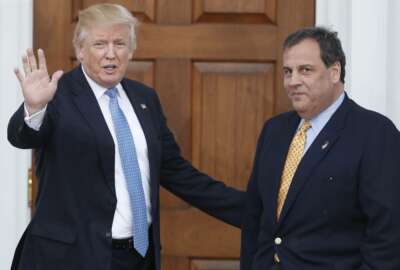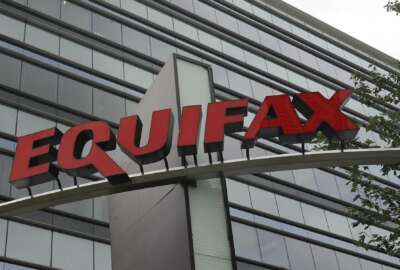
Huh? Employee engagement scores went up?
The political popularity of a given administration seems to have low relation to FEVS scores.
Weeks ago, someone with advanced knowledge of the federal employee engagement scores asked me, “Guess what?” He answered his own question. “They’re up.”
The implication was clearly to convey the irony of it. The survey was distributed in May. By then, federal employees had acquired a clear understanding of what type of working environment the Trump administration would engender. The Trump administration has been unorthodox. It’s had a slow pace of appointments and lots of top-level turnover. Homeland Security and Health and Human Services don’t even have secretaries at the moment.
The administration has sought to reverse many of the policies of the Obama administration. That’s typical when there’s a change of party. But because this president also brings an unusual style, some of those who watch these things predicted employee engagement scores would tank.
Instead, they rose to a six-year high.
If you postulate that the Obama administration fit more closely into expected norms of the administrative process, how come many scores dropped in that period?
My theory is this: It isn’t the president or even the administration at all. Maybe federal agencies have sufficient depth of management and experience that individual circumstances vary according to their own dynamic — outside of political turmoil.
The Department of Health and Human Services had the highest large-agency average employee engagement score at 72 percent. Even before Tom Price’s travel scandal, a giant and nasty debate surrounded the department over the future of the Affordable Care Act. Yet think of the range of activities going on day-in and day-out at HHS that have nothing to do with the legislative affairs office or the Affordable Care Act.
Engagement scores rose at the EPA, an agency also at the center of political turmoil. Ditto for the low-ranking Interior Department, with its highly visible senior executive reassignments.
Perennial bottom-of-the-list (and secretary-less) Homeland Security Department rose a solid 4 percent. Many of its law enforcement officers responded positively to John Kelly during his brief secretary stint. Many also liked predecessor Jeh Johnson for his focus on unifying the department.
You’d have to analyze each department and agency to figure out trends in engagement scores. But that’s the point. The political popularity of a given administration seems to have low relation to FEVS scores. To me, that makes sense, given that in the end, all of the debates in Congress and between it and the president generally revolve around the final 2 percent of dollars.
That leaves the working spirit within in the custody of the employees themselves.
Copyright © 2025 Federal News Network. All rights reserved. This website is not intended for users located within the European Economic Area.
Tom Temin is host of the Federal Drive and has been providing insight on federal technology and management issues for more than 30 years.
Follow @tteminWFED






